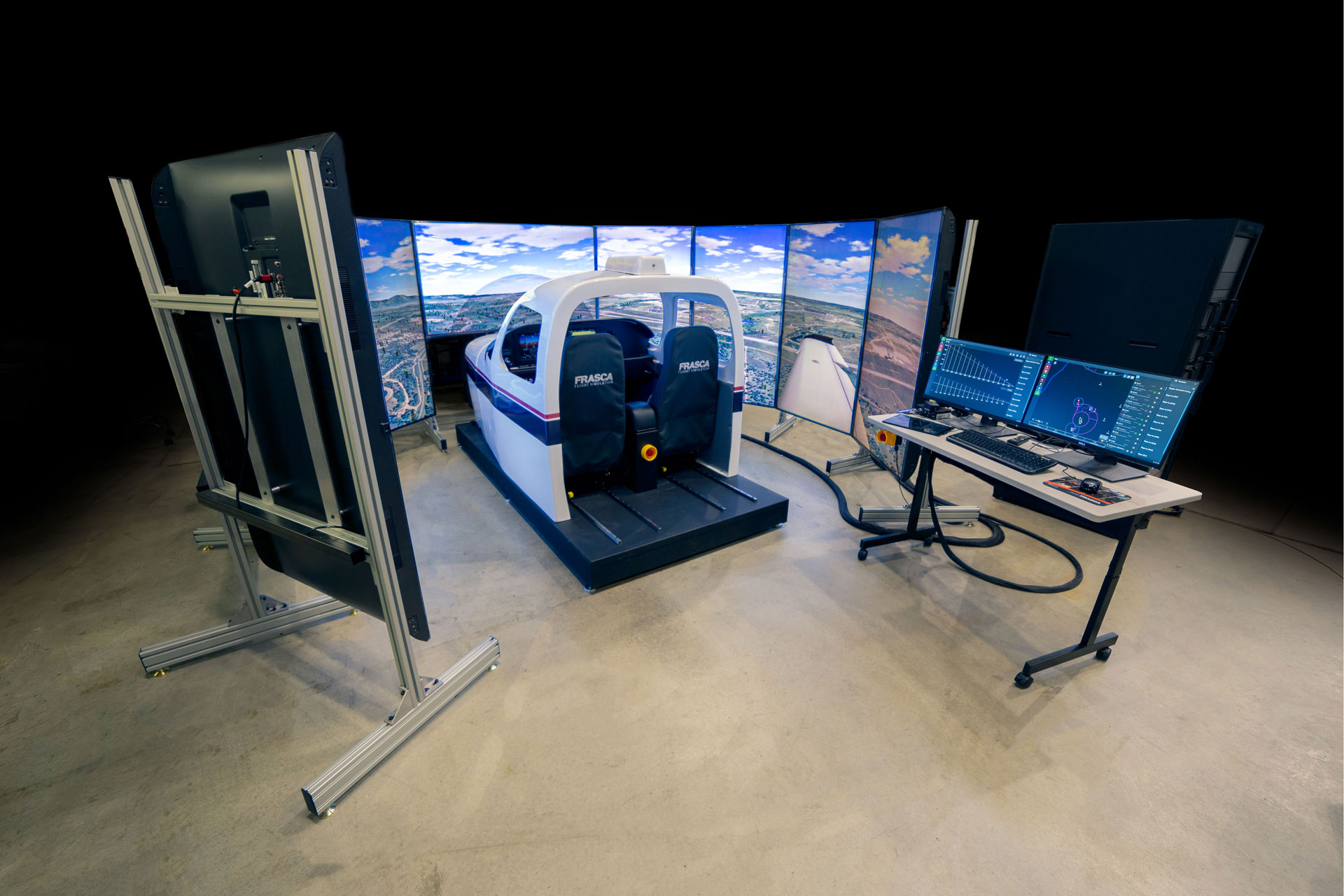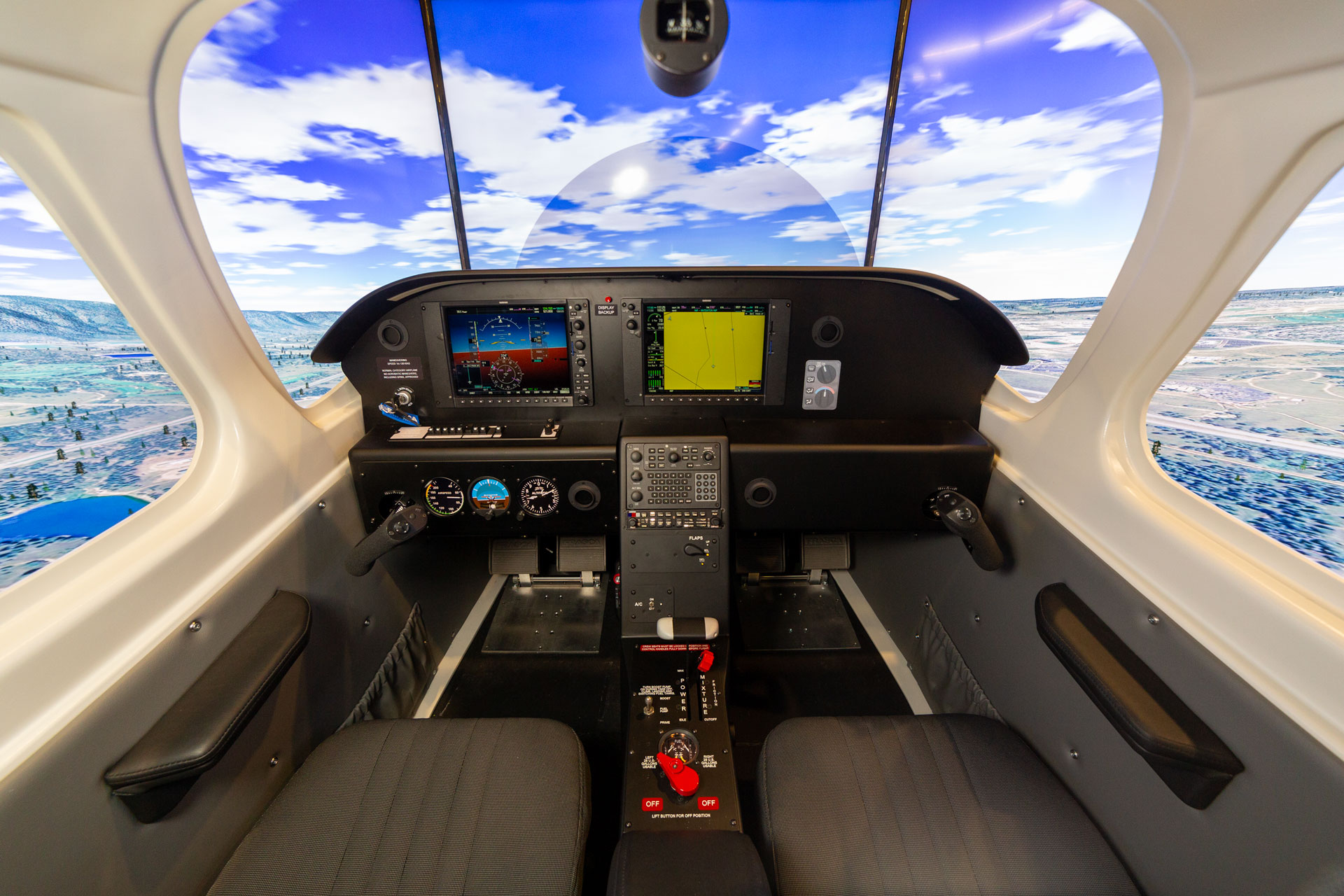“The simulator allows us to practice emergency scenarios and student errors that are much too dangerous to conduct in the aircraft,” said Maj. Timothy Baik, assistant director of operations at the 557th Flying Training Squadron at the Academy. “Our instructors will gain tremendous experience in unfamiliar situations that will improve both the safety and the quality of training for cadets.”
“When it comes to training systems and what the T-53 supports, I think it’s important to look back at a lesson we learned coming out of other conflicts,” said Lt. Col. Juan Ramirez, the Simulators Division’s Integrated Product team lead for the T-53 simulator. “One of the ways we can be more successful in combat is not only having more training but better training. The delivery of this simulator fits into that. It shows that simulators play a key role in the Air Education and Training Command mission of supporting the high end fight.”
More than 500 cadets participate in the Academy’s Powered Flight Program each year.
The 557th Flying Training Squadron is attached to Air Education and Training Command’s 306th Flying Training Group at the Academy.


